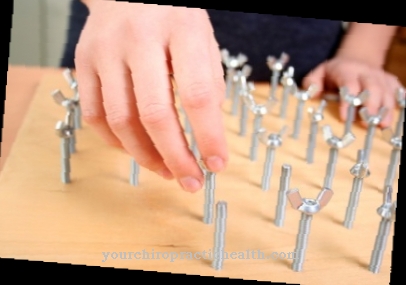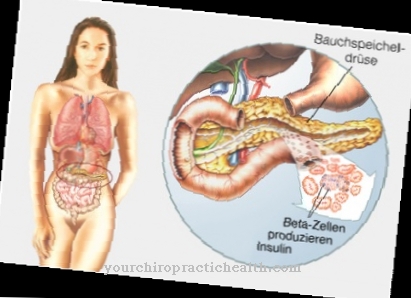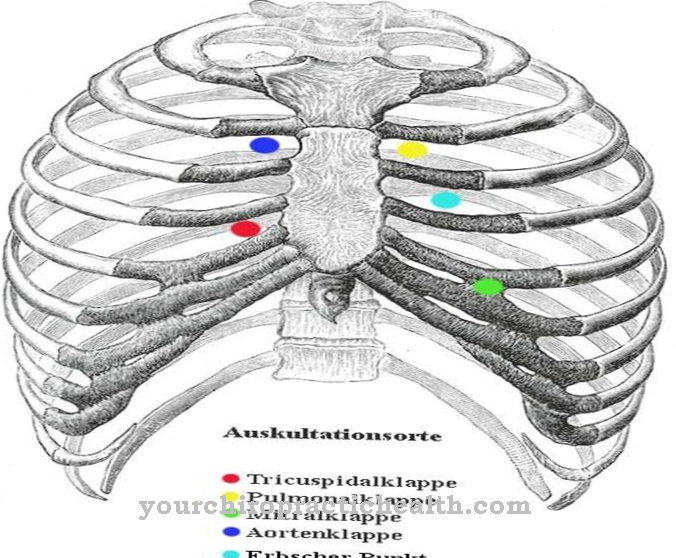The Kniest dysplasia is a congenital developmental disorder of the skeleton, which goes back to a genetic mutation and is characterized by extremely short stature. The prognosis depends on the severity of the individual case. Causal therapies are not yet available.
What is Kniest Dysplasia?
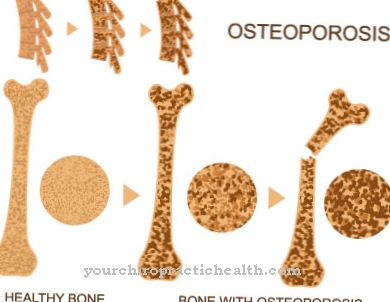
© bigmouse108 - stock.adobe.com
Spondylometaepiphyseal dysplasia manifests itself in growth and associated gait disorders from around the age of two. A dysplasia from this group of diseases is the Kniest dysplasia. The disease is also called Kniest's syndrome and corresponds to a congenital developmental disorder of the skeletal bones. This severe skeletal dysplasia causes extreme short stature, which is associated with characteristic skeletal changes.
The disease is counted among the collagenoses. This group of diseases includes systemic diseases with degeneration of connective tissue, which are associated with dysregulation in the immune system and the formation of autoantibodies against the body's own structures. The frequency of Kniest's dysplasia is unknown. The first description goes back to the pediatrician Kniest, who documented the disease at the end of the 20th century. Kniest dysplasia has an extremely wide range of degrees of severity.
causes
Kniest dysplasia is a genetic disease of which 200 cases have been documented to date. Familial clusters were observed in the cases documented so far. Inheritance can be autosomal dominant. However, most of the previous cases are new mutations. The type II collagens that have secretion defects in patients with knee syndrome have now been identified as the cause.
The defective collagens are due to mutations in the COL2A1 gene. Most of the mutations are structural defects that appear as in-frame mutations. The cause of the disease is therefore a deletion or a splice mutation in the gene that codes for type II collagens. Most cases of Kniest's dysplasia correspond to a heterozygous new mutation of the COL2A1 gene. There is a 50 percent risk for patients with dysplasia to pass the defect on to biological children.
Symptoms, ailments & signs
Kniest dysplasia patients can experience a variable range of symptoms that affect prognosis. Kniest's syndrome is clinically impressive immediately after birth and is characterized by disproportionate short stature in infancy. The disproportionality is mainly caused by a shortening of the trunk.
Most patients reach an adult height between just 106 and 156 centimeters. In addition to kyphosis of the thorax, lumbar lordosis is often present. The short extremities of the patients further aggravate the disproportionate impression. In most cases, the knee syndrome is also accompanied by distended joints. This relationship often worsens as the disease progresses.
A flat midface and a deeply sunken nose bridge can be other symptoms. Around half of all those affected also have a cleft palate. Hearing loss is just as common. A somewhat rarer symptom is myopia, which is myopia of varying severity. In addition, there is often progressive dysplasia of the limb and axial skeleton.
Because of the thickening of the bones and the largely immobile joints, some patients are completely unable to walk. Osteoporosis can also be an accompanying symptom of the disease.
Diagnosis & course of disease
Radiological findings are usually used to diagnose Kniest's syndrome. In addition to deformed epiphyses, the x-rays provide evidence of the missing femoral heads, widened femoral metaphyses, platyspondylia and vertebral anomalies in the affected person.
Histopathological findings can support the diagnosis by showing inclusions in the chondrocyte cytoplasm or an extremely vacuolated matrix of the cartilage. Special forms of spondyloepiphyseal dysplasia and metatropic dysplasia should be considered as differential diagnoses. Young patients with Kniest's dysplasia in particular often have clinical and radiological findings that overlap with OSMED findings.
Myopia helps in the differential diagnosis from OSMED. If the worst comes to the worst, a molecular genetic analysis can confirm the diagnosis. If the family has a history of dysplasia, the mutation can also be diagnosed prenatally. Micromelia can be detected by ultrasound from the second trimester. The prognosis for patients with Kniest's dysplasia depends on the severity of their joint and vertebral abnormalities in each individual case. Depending on the severity, the prognosis can vary between a fatal and a favorable course.
Complications
Kniest dysplasia usually results in considerable restrictions in everyday life and in the life of the person affected. The various malformations on the skeleton result in restricted mobility and in most cases also pain. The quality of life is greatly reduced by Kniest's dysplasia. The patients also suffer from severe short stature.
This can lead to teasing or bullying, especially in children, and thus trigger severe psychological complaints or depression. It is not uncommon for the parents and relatives of those affected to be affected by psychological complaints, which can usually be treated by a psychologist.
Furthermore, myopia and hearing problems occur in the patient. A cleft palate is also not uncommon and can reduce the aesthetics of the person affected. The joints cannot be moved properly, so that there may be restrictions in everyday life. The affected person can be dependent on the help of other people.
Kniest's dysplasia can also impair the child's mental development, causing retardation. A causal treatment of Kniest's dysplasia is usually not possible. The disease can only be treated symptomatically. Life expectancy is reduced in most cases as a result of this disease.
When should you go to the doctor?
If symptoms such as hearing loss, short-sightedness, or short stature occur, the cause may be Kniest's dysplasia. A doctor must be consulted if serious symptoms arise that significantly impair well-being and quality of life. If the symptoms persist for more than a few days, medical advice is also required. The congenital form of Kniest's dysplasia is usually diagnosed immediately after birth. Treatment will then be started immediately and parents are advised to see the child regularly.
If symptoms recur after the initial treatment, the responsible doctor must be consulted. Signs of osteoporosis need to be clarified by a specialist. Kniest dysplasia often takes a severe course and represents a great psychological burden for the child and the parents. For this reason, therapeutic counseling should always take place alongside the treatment of the malformations and physical complaints. The family doctor or orthopedic surgeon can establish contact with a specialist and, if necessary, refer the affected family to a self-help group.
Therapy & Treatment
A causal therapy is not available to patients with Kniest's dysplasia. Those affected can only be treated supportively. The goal of therapy is to maintain patient mobility. The symptomatic treatment designed for this can include, for example, surgical intervention. For example, if a hip dislocation is suspected in the near future, this dislocation can sometimes be averted by surgery.
In addition to myopia, other neurological deficits can occur during the growth phase. In this way, not only the motor but also the mental development of the patient can be retarded or, in the worst case, even stopped. For this reason, close controls by a neurologist during the growth phase are recommended. If the bones are flexed or displaced by more than five millimeters, stabilization is essential.
This stabilization usually corresponds to a surgical intervention by a surgeon. If signs of retinal detachment are seen, surgical repair is usually also performed. Supportive therapy for dysplasia can extend to the parents of the person concerned, who can receive therapeutic care or genetic counseling, for example.
You can find your medication here
➔ Medicines for painOutlook & forecast
As the parent of a child suffering from knee dysplasia, you can take action yourself to enable them to enjoy a higher quality of life. Even before the birth, parents can seek psychotherapeutic help in order to better deal with and accept the new situation. Contact with other affected families, for example through self-help groups, has proven to be positive. You get a good overview of what to expect in the future and receive valuable advice for problems in everyday life.
Adequate medical treatment must be provided immediately after the birth. To do this, it is necessary to consult specialists at an early stage and have any necessary operations carried out. After the wounds have healed, the doctor can clarify when physiotherapeutic treatment can be started. The earlier such a therapy begins, the better the chances of maintaining the existing mobility. Nevertheless, it is advisable to redesign the living environment to be handicapped accessible or to move to a handicapped accessible apartment. If the child later needs a walking aid or a wheelchair, a solution does not have to be found under time pressure.
Regular check-ups at the neurologist reveal bone displacements that require immediate stabilization. Other neurological deficits can also be identified quickly. This makes it possible to slow it down or even to stop it.
prevention
The primary causes for the mutation of the causative gene in Kniest's dysplasia are not yet known. For this reason, there are few preventive measures available. In family planning, however, potential parents can at least have their genetic risk for offspring with dysplasia assessed.
Aftercare
In most cases, the options for follow-up care for Kniest's dysplasia are severely limited, with the priority in this disease being quick and, above all, early detection of the disease. Therefore, the person affected should ideally see a doctor at the first signs and symptoms of the disease so that the symptoms do not worsen further.
In most cases, those affected depend on the help and care of other people in their everyday lives. The support of one's own family has a very positive effect on the further course of the disease. Loving and intensive conversations are also very helpful and can prevent the development of depression or other psychological upsets.
Since this disease can also have a negative effect on the eyes of the person affected, a surgical procedure should definitely take place if the retina is detached. After such an operation, the eyes are particularly well filled and cared for. If you want to have children, genetic testing and counseling can be carried out first so that Kniest's dysplasia cannot recur in the descendants.
You can do that yourself
People who suffer from Kniest's dysplasia require comprehensive care by doctors and therapists.
Parents of affected children should seek support at an early stage and also arrange any operations as soon as possible. Good preparation gives the parents the necessary freedom after the birth to deal with their own child's illness themselves. Therapeutic help is usually useful, however, because the knee dysplasia will burden the parents for many years and cause stress that has to be dealt with. In addition, measures must be taken to enable the child to live a life with as few complications as possible. Most of the time, the apartment has to be adapted to the needs of the handicapped. After a comprehensive examination, the doctor can estimate which subsequent symptoms are to be expected.
The affected child should also receive psychological support in adolescence at the latest. Otherwise, severe mental and physical limitations can lead to psychological suffering. Preventive therapy is definitely necessary to avoid such complications. Close medical control is always necessary in the case of knee dysplasia.

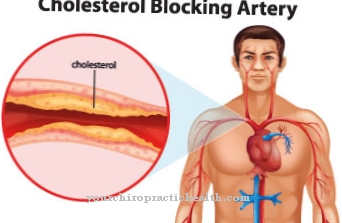
.jpg)
.jpg)
.jpg)



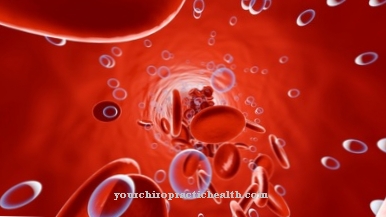

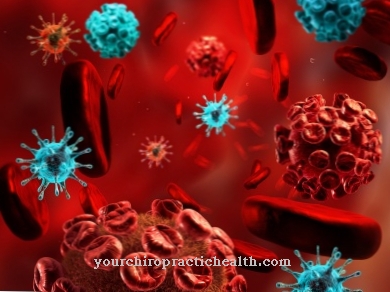

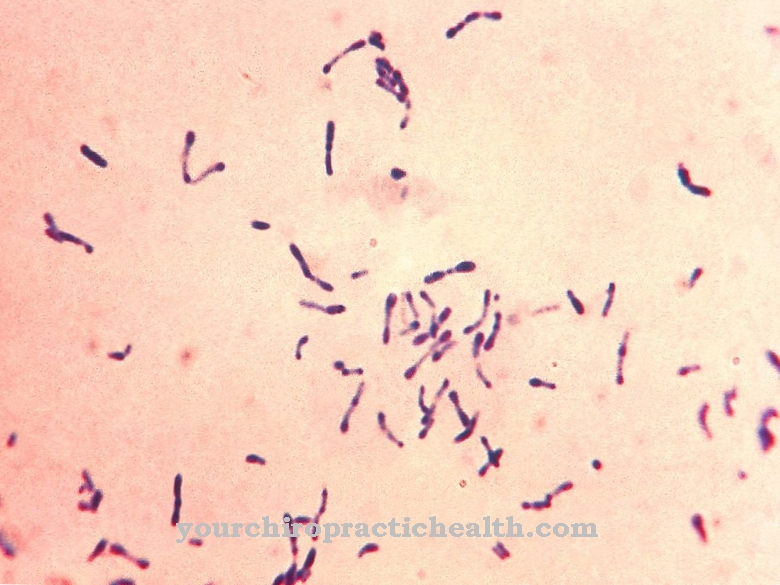
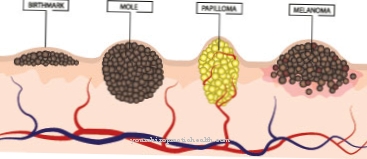

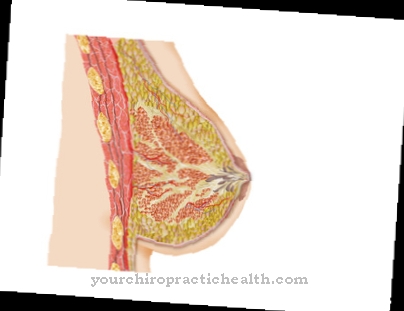
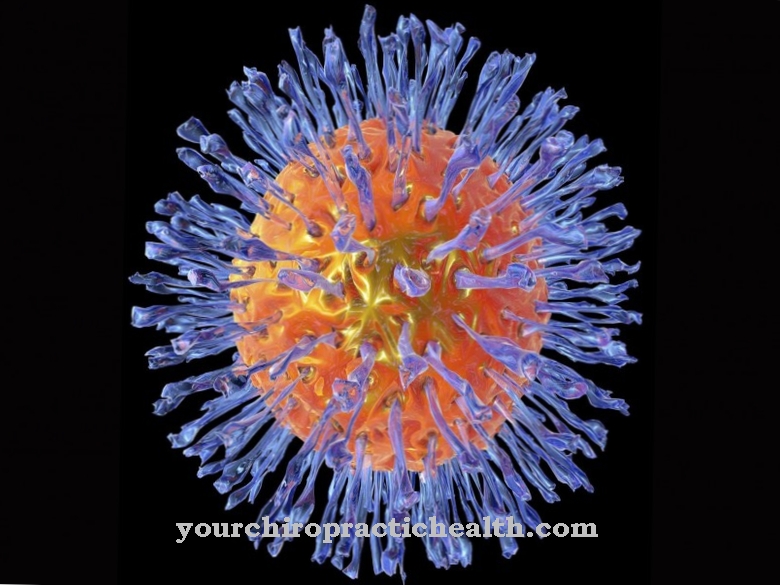
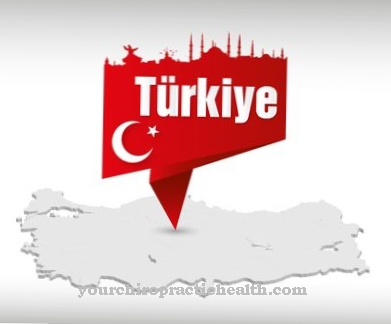





.jpg)
.jpg)
